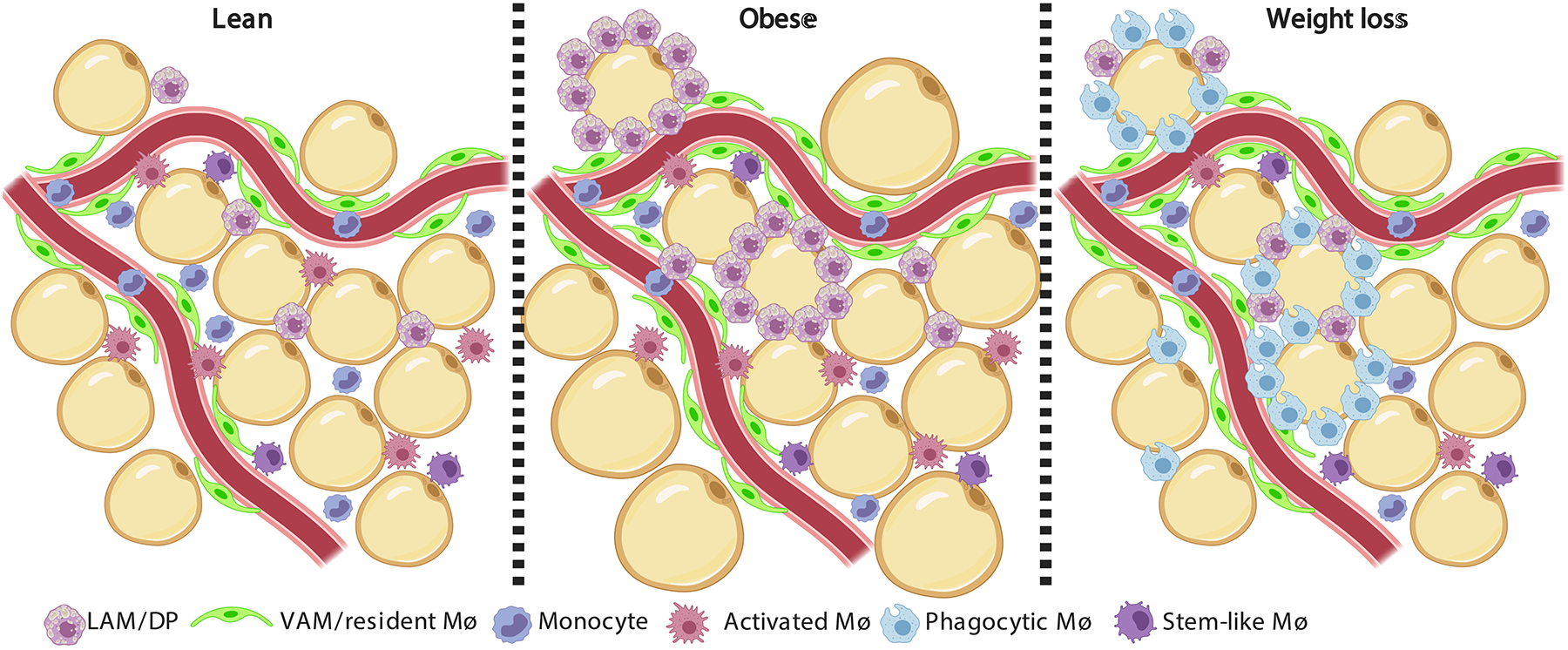Figure 1. Adipose tissue macrophage landscape in lean, obese and following caloric restriction-induced weight loss.

The major leukocyte type in the white adipose tissue (WAT) is the macrophage. Increasing evidence show that adipose tissue macrophages (ATMs) are highly heterogeneous, and their landscape drastically changes in obesity and following weight loss. The lean epididymal WAT (eWAT) is dominated by tissue resident vascular associated macrophages (VAMs)51, which are tightly associated with blood vessels and responsible for the endocytosis of macro-molecules from the circulation. Monocytes and monocyte-derived macrophages also reside in the lean eWAT, namely lipid-associated macrophages (LAMs52, also known as double-positive, DP51). LAMs are thought to assist with lipid handling. Another ATM sub-population was found to express many chemokines, cytokines and their receptors and was named activated macrophage65, 66. Lastly, a macrophage sub-population that expresses many cell cycle genes and resembles a population found in atherosclerotic lesions (termed stem-like)235 was also found in the lean eWAT65. Obesity increases the abundance of macrophages in the eWAT, with specific enrichment of LAMs/DPs and VAMs. While absolute VAM numbers increase by ~2 fold, there is a 10 fold growth in the LAMs/DPs sub-population. LAMs/DPs accumulate especially around adipocytes and form crown-like structures (CLS) and are thought to protect against adipocyte hypertrophy and worsening of the metabolic syndrome52. Weight loss subsequent to obesity causes the accumulation of a novel macrophage sub-population that is rare in lean and obese eWAT57, 65. This ATM sub-population was termed Phagocytic macrophage, due to their expression of genes related with phagocytosis and endocytosis65, and was proposed to participate in clearing dying adipocytes and leukocytes from the shrinking eWAT. Following weight loss, the LAMs/DPs return to their proportions in lean eWAT.
